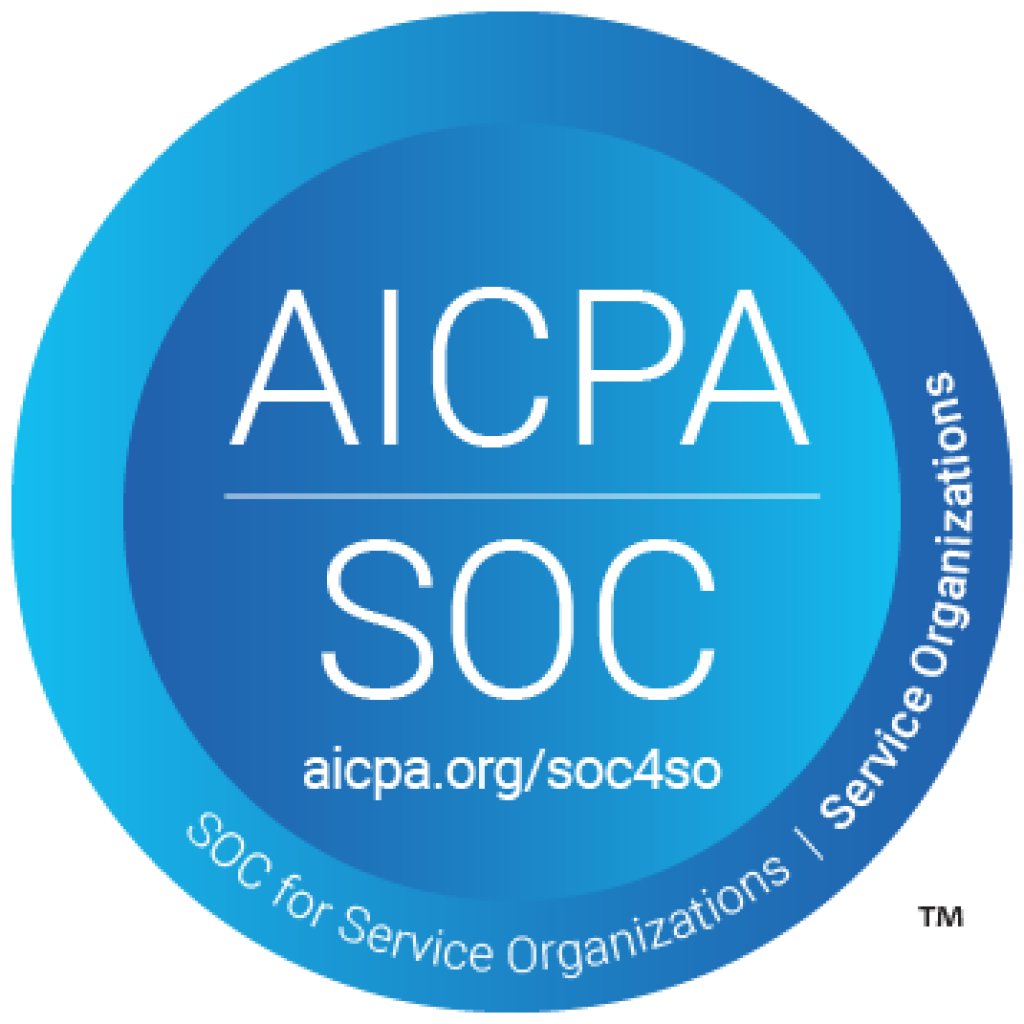Preparing for 2022 – It Has Begun
We are nearing the end of 2021, which means it’s the perfect time to prepare for the New Year. As the owner or manager in a healthcare organization, what initiatives are you planning to improve systems and care in 2022? Here is a tip – don’t wait until January to set New Year resolutions or choose strategies for these efforts.
You need a head start to make the critical decisions that will affect your direction in the New Year. Unfortunately, waiting until the start of the New Year could put you a few months behind in implementing necessary changes.
Here are a few tips that every healthcare organization should consider to improve internal systems and quality of care in 2022 and beyond. By setting these goals and creating an action plan now, you will be ready to implement them when everyone is back in the office after the holiday break.
Tip #1: Identify Processes That Need Improvement
Paperwork, documentation, insurance billing, and other in-office processes can be burdensome and time-consuming. Of course, these tasks are essential, but they might cut into your staff members’ productivity if you don’t have organized systems in place.
How often are essential tasks getting lost in the shuffle? Do you have things that are creating redundancies in the daily office workflow? The first step to addressing these problems is to identify the areas that need improvement. Then, take time to evaluate staff productivity and efficiency. Also, ask employees to provide feedback about the current systems (or lack thereof). Since staff members work on these tasks each day, they can offer the best insights to identify areas to improve.
Tip #2: Invest in the Right Technology
Technology solutions have transformed the healthcare industry and will continue improving systems in the coming years. One of the best ways to support employee productivity is by giving them access to tools for automation and support.
There’s no reason for your staff members to spend time on manual tasks that the right technology can quickly automate. Instead, invest in the best solutions, and you will free up your office employees to focus on the things that matter most: patient care and treatments.
Tip #3: Prioritize Staff Training
Are all of your staff members well-trained in the proper practices and systems to match your office workflow? Even if you have a great system in place, it won’t work right without the participation of everyone involved.
Not only do you need training systems when onboarding new staff members, but it’s also essential to provide your team with regular updates. These training resources improve the skillsets for everyone working in the office, leading to better systems and care for your patients.
Staff training results in happy patients who maintain loyalty to your office and return for future healthcare needs.
Tip #4: Improve Release of Information (ROI) Systems
It is a never-ending workflow to keep up with requests from patients and third parties. How are you managing the requests submitted currently?
In addition to processing these requests, it’s also essential to validate the authorization for the person receiving the documents. Most healthcare providers agree that this system is time-consuming, often requiring a dedicated staff member to answer the phone and keep up with paperwork.
If ROI is a burden in your office, then consider investing in outsourced ROI support. Enlisting help from an experienced team reduces your office staff’s stress and saves you time and money.




